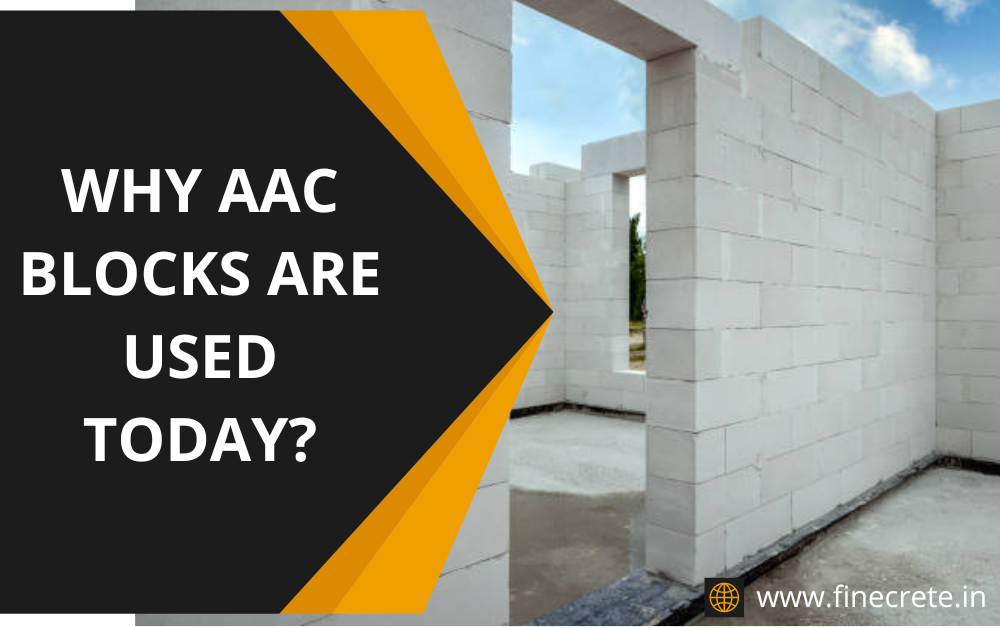AAC bricks are used in both interior and exterior construction because of their outstanding ability for heat insulation. They are perfect for high-rise buildings. Apartments and other residential buildings, as well as industrial and commercial structures including hotels, offices, hospitals, and schools, are frequently built using AAC blocks.
The building industry has experienced technological improvements in recent years, including the usage of cutting-edge and sustainable construction materials, as the necessity of environmental conservation is being recognized worldwide.
Why is the Use of AAC Blocks So Widespread?
The following are some of the reasons why AAC bricks are used today in a widespread manner by AAC block manufacturers in India:
Improved usability and quicker construction:
AAC blocks are 10 times bigger and 50% lighter than conventional bricks. This special quality makes installation simple and provides the needed flexibility, which makes alterations, cutting, shaping, etc. simple. AAC blocks are easier to lay and take less time to create since they have a consistent size and fewer joints. Last but not least, compared to the costs associated with shipping and logistics for typical bricks, the lightweight blocks are simple to transport, which contributes to cost savings overall.
Affordable and sustainable:
AAC blocks are produced with a minimum amount of waste using natural, non-toxic raw materials. The waste or off-cuts that are produced in some cases can be recycled or used as aggregates. Because it is constructed of non-biodegradable materials, the building is stable and enduring and does not decay or grow mould. AAC blocks help save labor expenses for AAC Block manufacturers in West Bengal because they are lightweight, energy-efficient, and simple to install.
High compressive resistance:
The AAC block’s compressive strength ranges from 3 to 5 N/mm2. As a result, it is superior and stronger than bricks with the same density.
Earthquake-resistant:
In general, structures are made to withstand vertical forces like gravity and one’s own weight. Horizontal forces, such as those brought on by earthquakes, are also present. As a result of the AAC blocks’ increased strength throughout the production process, the finished building is durable. As a result, AAC brick-built structures may withstand greater seismic stresses than conventional brick-built structures.
Fire-resistant:
In comparison to other building materials, the AAC block material is non-combustible and offers fire resistance of up to six hours, depending on the block thickness, and up to 1,200 degrees Celsius. As a result, it is also significant in terms of fire safety.
Red bricks may be still important for smaller-scale construction projects. AAC blocks, however, offer larger advantages and play a vital part in limiting the environmental harm caused by construction utilizing out-of-date building materials for large-scale residential, commercial, and infrastructural projects.






